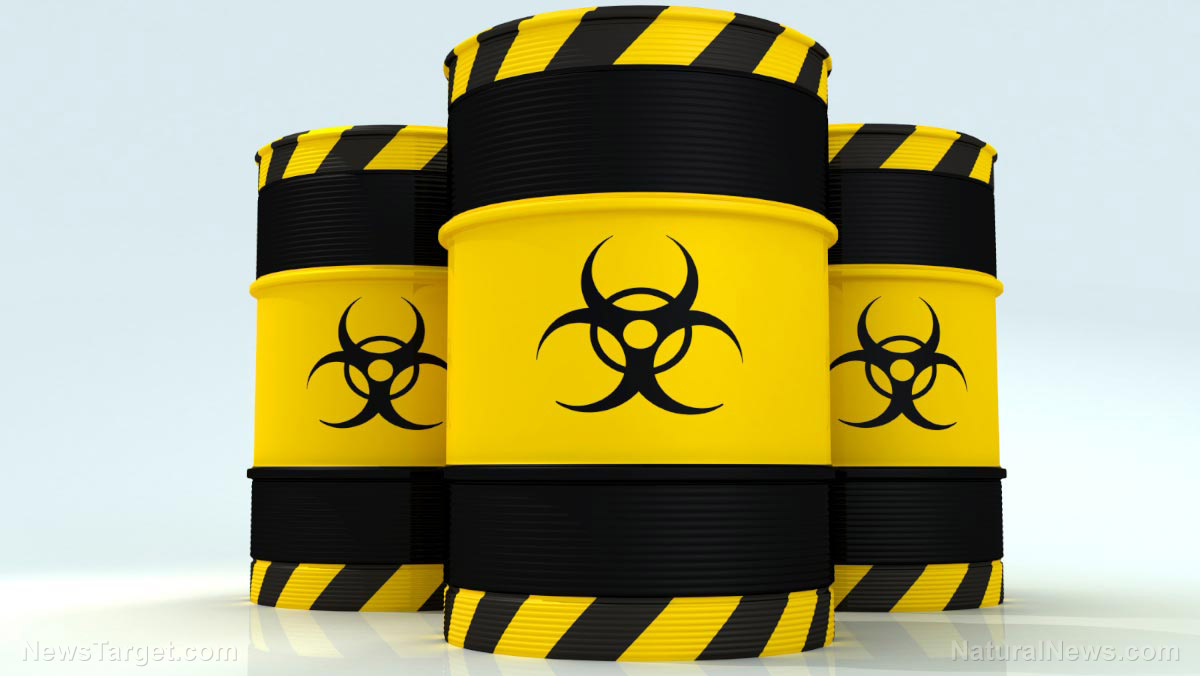
Lead used to be pervasive in our environment because it was added to gasoline, paint and other products. Once the government became aware of its dangers, however, its use was slowly phased out. However, there is another dangerous class of chemicals that is equally pervasive in modern society but which we never hear a hue and cry about – though it is at least as dangerous: the flame retardants used in the manufacture of electrical and electronic devices, building and construction materials, furnishings and motor vehicles, among other things. (Related: Flame retardants found in common grocery store foods.)
What are flame retardants and why are they bad for us?
A class of chemicals known as halogenated flame retardants are added to everything from baby blankets to carpets and upholstery to make petroleum-based materials resistant to fire. Unfortunately, however, some of these chemicals can linger in the environment for many years, and Yale Environment 360 (YE360) reports that levels of these chemicals have been found to double in the blood of North Americans every two to five years.
Studies have found that these toxic chemicals interfere with hormones and reproduction, create thyroid and metabolic dysfunction and impair neurological development in young children. They have also been found to cause genetic damage, and have been strongly linked to the development of certain cancers.
A report by The Nation recently warned:
Flame retardants have been identified not only as carcinogens, but as mutagens (i.e., agents that mutate genetic material). Many are now understood as first-class endocrine disrupters, implicated in a growing variety of learning difficulties, IQ deficits, and behavioral disorders, especially among the young, including hyperactivity and behaviors consistent with autism and, among the older set, diminished fertility, miscarriages, premature births, obesity, advanced puberty, thyroid hormonal problems in postmenopausal women, and an increased risk of ALS. (Related: Flame retardants are causing autism.)
With these dangers in mind, the federal government and several states have tried to limit or ban their use. Nonetheless, it seems that these measures are failing. Several rigorous tests have found that the use of these chemicals continues to be widespread, and that compounds previously thought to have been completely removed from the market are still being used in a wide variety of products.
These chemicals are so pervasive in the environment that recent studies even found them in the blubber of Arctic sea mammals! This is unsurprising when you consider that experts predict that global consumption of flame-retardant chemicals will reach 7 billion pounds by 2022.
Scare tactics and propaganda campaigns
The Nation explains that the astonishing pervasiveness of this class of chemicals has much to do with large-scale propaganda campaigns:
These compounds became ubiquitous starting in the 1970s, as governments around the world were persuaded by corporate campaigns that flame retardants were essential fire-safety tools. Much of this campaigning was hysterical and dishonest; almost all of it was underwritten by the products’ manufacturers, including the Gottwalds’ Albemarle Corporation and the chemical industry of which it was a part. Working in concert with the tobacco industry, these manufacturers mounted aggressive scare campaigns to create a perceived need for their products: They crafted regulations and lobbied legislatures to adopt them; attacked scientific findings they didn’t like; ridiculed public-health advocates; spun journalists; and bought political access with millions of dollars in campaign contributions.
And the government continues to look the other way as we continue to be poisoned. Of course, that is not surprising. As was demonstrated by the lead poisoning of the residents of Flint, Michigan, officials will only react in the interests of public health when they are forced to do so by an onslaught of negative publicity. Learn more at Environ.news,
Sources include:
Please contact us for more information.




















